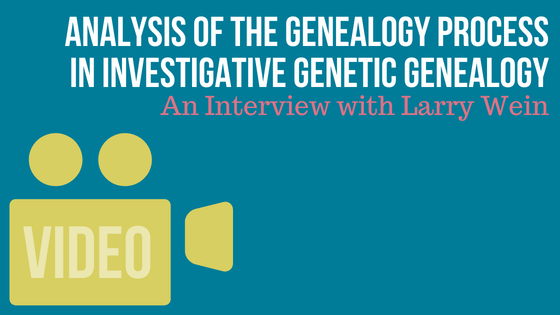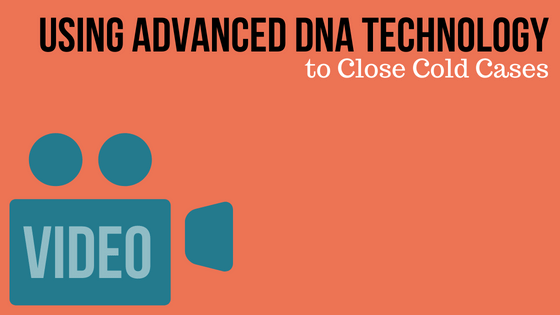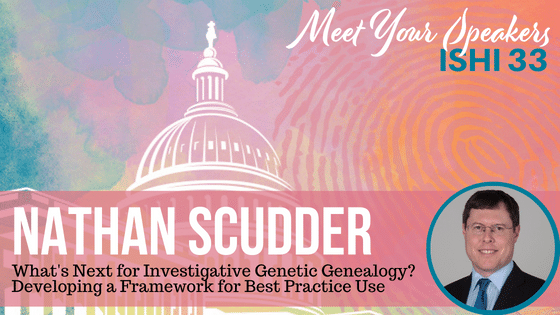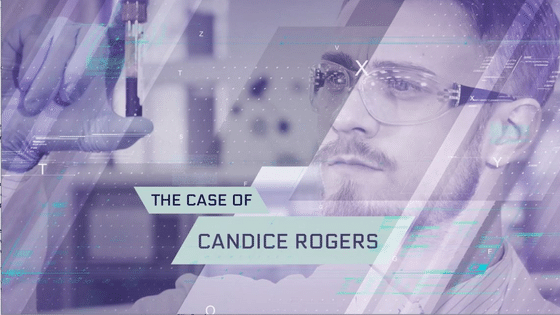Analysis of the Genealogy Process in Investigative Genetic Genealogy

Travis chats with Larry Wein, a professor at Stanford University who has provided U.S. Congressional testimony on the US-VISIT Program and an Indian Supreme Court briefing on the UIDAI Program, and has recently published papers on ballistic imaging and sexual assault kits. At ISHI 32 last year, Larry spoke on developing a systematic approach […]
Previewing the Posters of Our ISHI Student Ambassadors: Justin Rivera

Forensic Genetic Genealogy (FGG) has recently become a valuable tool in the forensic science community and is having a great impact on the resolution of unresolved cases, including homicides, sexual assaults, and Unidentified Human Remains (UHRs) cases. In forensic investigations, following traditional Forensic DNA (STR) analysis and CODIS upload (within the United States), and failure […]
Using Advanced DNA Technology to Close Cold Cases

Michael Vogen, Director of Case Management at Othram discusses new ways that DNA technology is assisting to close cold cases and provide names to the unidentified. He discusses the DNASolves platform and community advocate group that Othram has built to share cases they are working on, raise funding, and to collect DNA samples specifically to […]
Meet ISHI Exhibitors: DNA Doe Project

Travis sits down with Kevin Lord, Director of Lab and Agency Logistics with the DNA Doe Project. Though he has experience in all facets of utilizing investigative genetic genealogy to solve law enforcement cases, in his current role, he works with agencies to determine the best way to approach each case, and shepherds each precious […]
Does the Public Support Police Using Consumer DNA Databases in their Investigations?

Today’s blog is written by guest bloggers Alexandra R. Quinton, Research Associate, University of Canberra, Sally F. Kelty, Criminologist and Senior Lecturer in Applied Psychology, University of Canberra, and Nathan Scudder, Adjunct Associate Professor, University of Canberra, Australian Federal Police. Reposted from The ISHI Report with permission. This article summarizes recent research into what the public think […]
Meet ISHI Exhibitors: Parabon NanoLabs

Travis sits down with CeCe Moore, Chief Genetic Genealogist at Parabon NanoLabs. They discuss her first speaking engagement at ISHI in 2014 when she introduced the power of genetic genealogy to a law enforcement audience. CeCe shares how the partnership was formed with Parabon NanoLabs and the number of successes they’ve had on previously […]
Under the Microscope – Nathan Scudder

Forensic/Investigative Genetic Genealogy (F/IGG) offers a powerful yet evolving capability for human identification, with its use by law enforcement having far-reaching implications for the criminal justice system internationally. While forensic genetics and law enforcement intelligence/investigations have developed their own best practice guidelines and, in some cases, standards and oversight, these still have to be developed […]
The Missing Piece Episode 12: Candice (Candy) Rogers

The 1959 sexual assault and murder of the 9-year-old fourth grader was one of the oldest unsolved cases in Washington State, but using the latest technologies and techniques, investigators were able to identify her killer. Candice “Candy” Rogers was a 9-year-old 4th grader who lived with her mother in Spokane, Washington. […]
FGG Webinar Follow-Up: Rachel Oefelein Answers Your Questions

In Part 2 of our investigative forensic genetic genealogy series, held on May 4th, Rachel Oefelein, Director of Research and Innovation, Quality Assurance Manager, and a Senior DNA Analyst, DNA Labs International, presented a step-by-step guide from DNA extraction through prosecution of Forensic Genetic Genealogy (FGG) cases. Ms. Oefelin also addressed how to generate a […]

